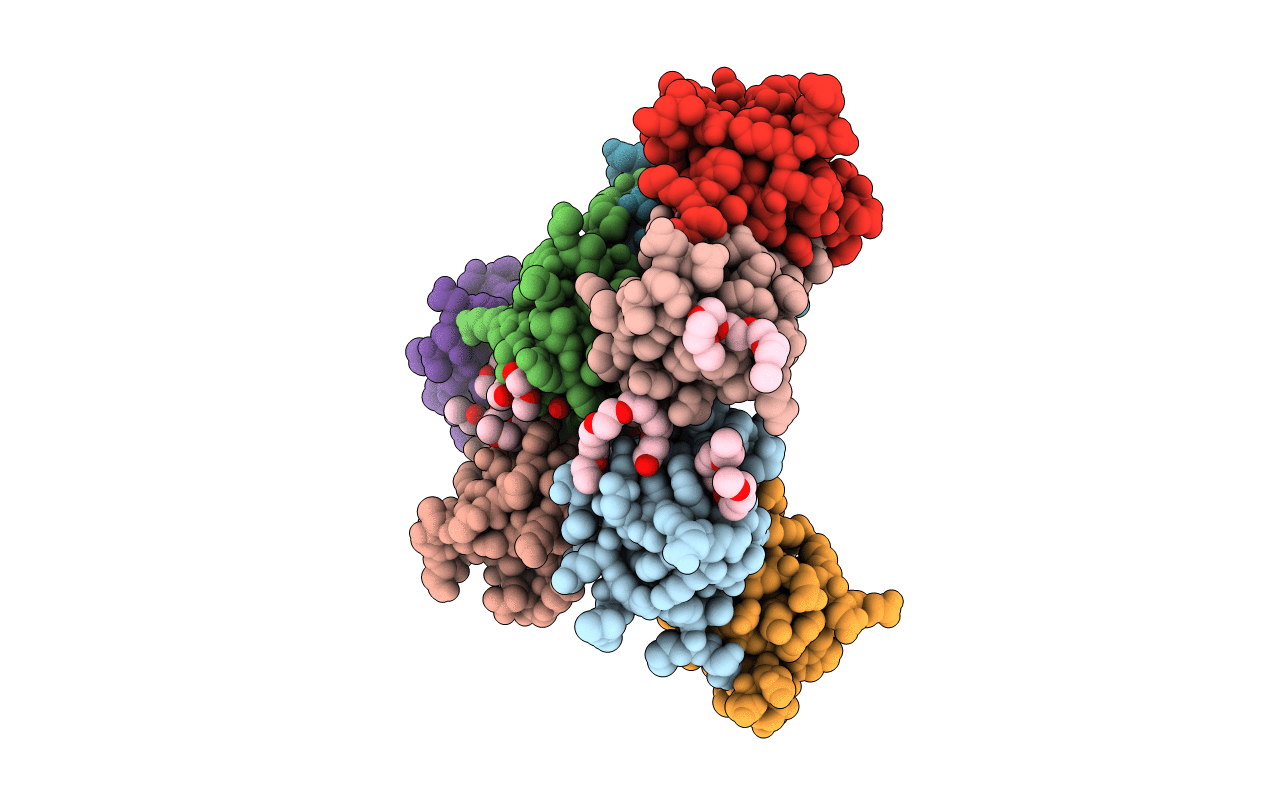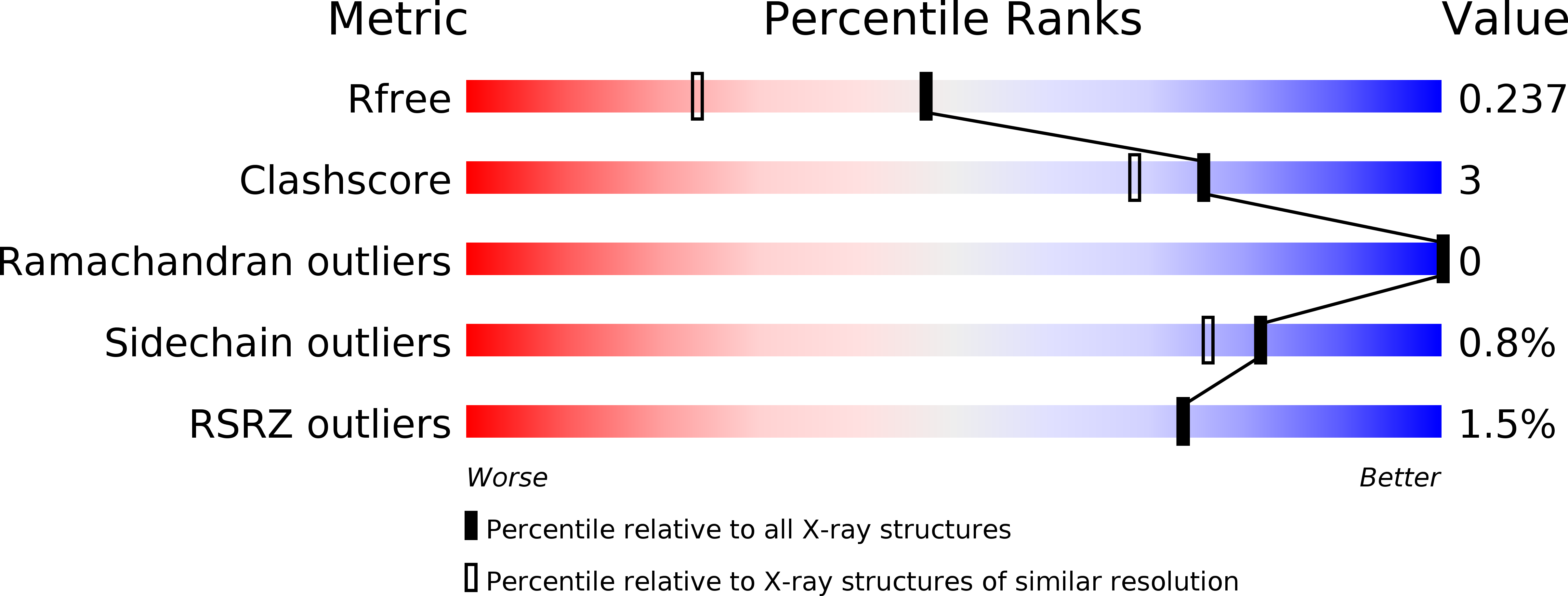
Deposition Date
2017-04-13
Release Date
2017-08-16
Last Version Date
2023-11-22
Entry Detail
PDB ID:
5XG9
Keywords:
Title:
Crystal Structure of PEG-bound SH3 domain of Myosin IB from Entamoeba histolytica
Biological Source:
Source Organism:
Entamoeba histolytica (Taxon ID: 5759)
Host Organism:
Method Details:
Experimental Method:
Resolution:
1.78 Å
R-Value Free:
0.22
R-Value Work:
0.18
R-Value Observed:
0.18
Space Group:
C 1 2 1


